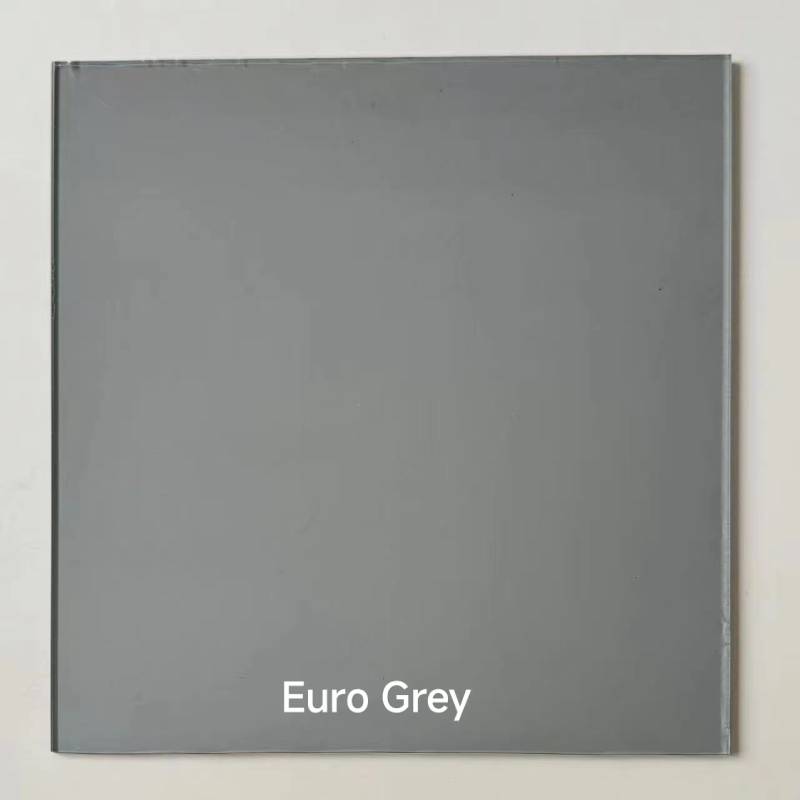

The Aesthetic and Functional Appeal of One-Way Reflective Glass
As architecture continues to evolve, materials used in construction and interior design play a crucial role in shaping the environment. One innovative material that has gained traction in the design industry is one-way reflective glass. This specialized type of glass not only serves practical purposes but also enhances aesthetic value, making it an ideal choice for a myriad of applications.
One-way reflective glass, also referred to as mirror glass or one-way mirror, possesses a unique feature that allows it to act as both a reflective surface and a transparent medium, depending on the lighting conditions. During the day, when the outside light is brighter than the interior light, the glass reflects the exterior view while allowing those inside to see out clearly—hence the term one-way. This property makes it particularly appealing for applications where privacy is a concern without compromising the ability to view the environment.
The Aesthetic and Functional Appeal of One-Way Reflective Glass
Moreover, one-way reflective glass is not limited to residential or commercial buildings. It is increasingly being adopted in the automotive industry. Many vehicles use tinted glass for windows that provide visibility from the inside while adding a layer of privacy for passengers. This is not only a matter of comfort but also helps protect personal belongings from potential theft. The reflective quality of the glass also serves as a barrier against harmful UV rays, making it a practical choice for maintaining the integrity of the vehicle’s interior.

Incorporating one-way reflective glass can also lead to significant energy savings. By reflecting sunlight, the glass reduces the amount of heat entering a building. This natural form of insulation may lower dependence on air conditioning, thereby reducing energy consumption. As industries increasingly turn their focus toward sustainability, materials like one-way reflective glass offer an eco-friendly alternative that aligns with green building practices.
In addition to functional benefits, the aesthetic aspect of one-way reflective glass cannot be overlooked. It lends a modern, sleek appearance to structures, making it an attractive choice for contemporary designs. Its versatile nature allows it to be used in façades, balustrades, and even furniture, creating seamless connections between the interior and exterior environments. The shiny, reflective surface enhances not just the beauty of a building but also contributes to the overall ambiance of the space.
However, it is essential to consider the limitations of one-way reflective glass. For instance, during the night when the interior light is brighter than the outside light, the reflective quality is reversed, allowing those outside to see in. This factor necessitates thoughtful design considerations and strategic placement of lighting to maintain privacy at all times. Additionally, a balance between natural light and artificial illumination must be struck to optimize usage for both functionality and privacy.
In conclusion, one-way reflective glass represents a perfect interplay of beauty, privacy, and energy efficiency. As demand for innovative building solutions continues to rise, this material stands out for its unique properties and broad range of applications. Whether in residential homes, commercial properties, or vehicles, the advantages of one-way reflective glass are undeniable, contributing to a modern lifestyle that values both aesthetics and functionality. As architects and designers embrace this versatile material, it undoubtedly holds the potential to redefine how we interact with our spaces, creating environments that are both beautiful and private.